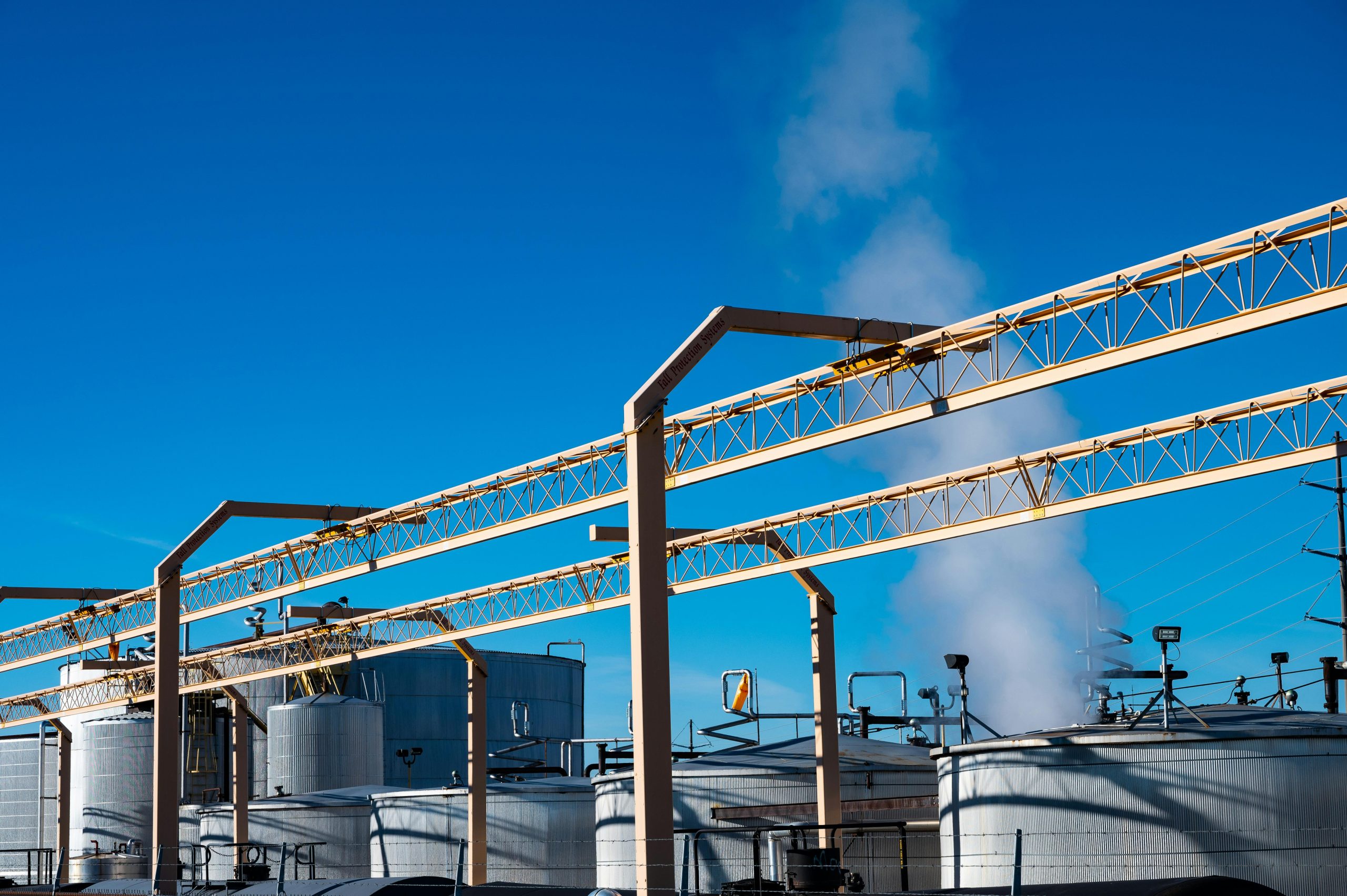Africa stands on the cusp of a gas‑led transformation, with natural gas emerging as a pivotal fuel for national growth and regional connectivity. According to the Gas Exporting Countries Forum, Africa currently produces around 260 billion m³ of gas annually, and this figure is expected to more than double—to about 585 billion m³ by 2050
. As global demand for cleaner energy rises, the continent’s natural gas output is projected to hit over 11 % of global supply by mid‑century
World Economic Forum
.
Nigeria, boasting the continent’s largest proven reserves—approximately 210–210.5 trillion cubic feet (~5.9 tcm)—remains at the forefront of Africa’s gas revolution
. Through policy measures like the “Decade of Gas” (2021–2030) and the Petroleum Industry Act of 2021, Abuja is building pipelines, boosting domestic supply, and ramping up liquefied natural gas (LNG) infrastructure
. Among the flagship projects are the Ajaokuta–Kaduna–Kano pipeline—slated for commissioning in 2025—and the expansion of Nigeria LNG Train 7, expected to add 4.2 Mtpa to existing capacity, creating thousands of jobs
African Percentions
But Nigeria is not going it alone. Across West Africa, the West African Gas Pipeline carries Nigerian gas to Benin, Togo, and Ghana—a symbol of continental cooperation
. Meanwhile, Mauritania and Senegal are bringing onstream the Greater Tortue Ahmeyim field, which BP and partners estimate will produce about 2.3 million tonnes of LNG annually for at least 30 years
Yet the path isn’t without obstacles. Africa’s gas consumption reached 183 billion m³ in 2024, up 3 % year‑on‑year, and forecasts suggest 4 % growth in 2025
. While this marks progress, inadequate infrastructure, financing constraints and conflicts between domestic needs and export commitments remain hurdle
. In Nigeria, for example, around 70 % of associated gas was still being flared—wasted and polluting—despite policy efforts to curb it
Investment interest is mounting: in 2024, over US $5 billion poured into Nigeria’s gas sector, and major players like Renaissance Africa pledged US $15 billion over five years to boost production and exports
. The GECF projects Nigeria and Mozambique will together account for roughly 63 % of Africa’s LNG output by 2050
Natural gas is now Africa’s strategic bridge—powering homes, industries, transport, and cleaner power—that could lift hundreds of millions out of energy poverty and fast‑track industrial growth. Between policy reforms, infrastructure build‑out and catalytic investments, the continent is laying the groundwork for gas to serve not just as a transitional fuel, but as a long‑term backbone of development .
With nearly 600 million Africans still without electricity and a billion relying on biomass for cooking, the stakes couldn’t be higher
. As pipelines stretch north to Kano, LNG terminals swell in Bonny, and gas-powered vehicles hit the roads, Africa is turning a long‑neglected resource into the engine of tomorrow’s prosperity.

